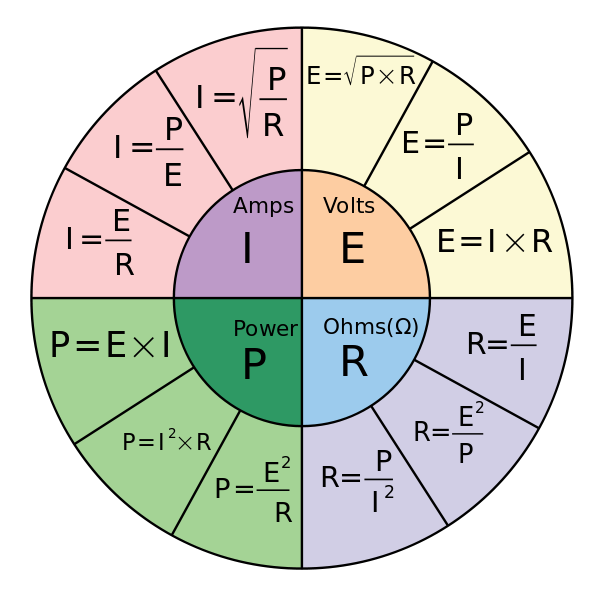Nenu
[H]ardened
- Joined
- Apr 28, 2007
- Messages
- 20,315
Your point doesnt stand, you made a fundamental error in your formula and are trying to save face.Just realized I put P = I/E instead of P = IE. My apologies for the typo.
However, my point still stands.
http://www.allaboutcircuits.com/textbook/direct-current/chpt-2/calculating-electric-power/
And... E can be used to describe voltage if it is explained as such
Otherwise V is the standard.
![[H]ard|Forum](/styles/hardforum/xenforo/logo_dark.png)

